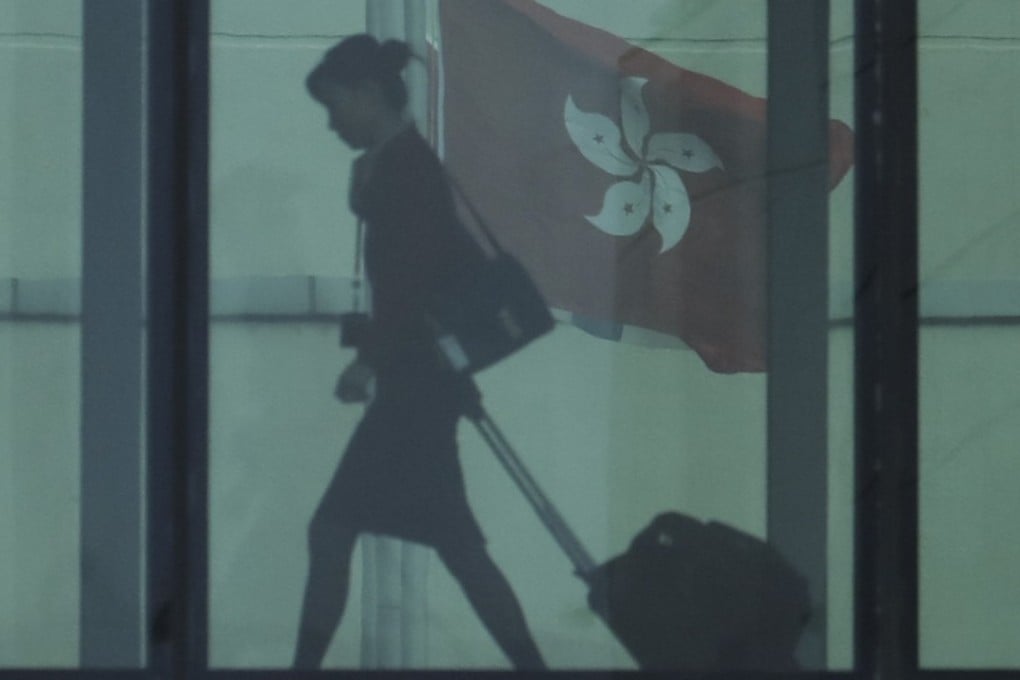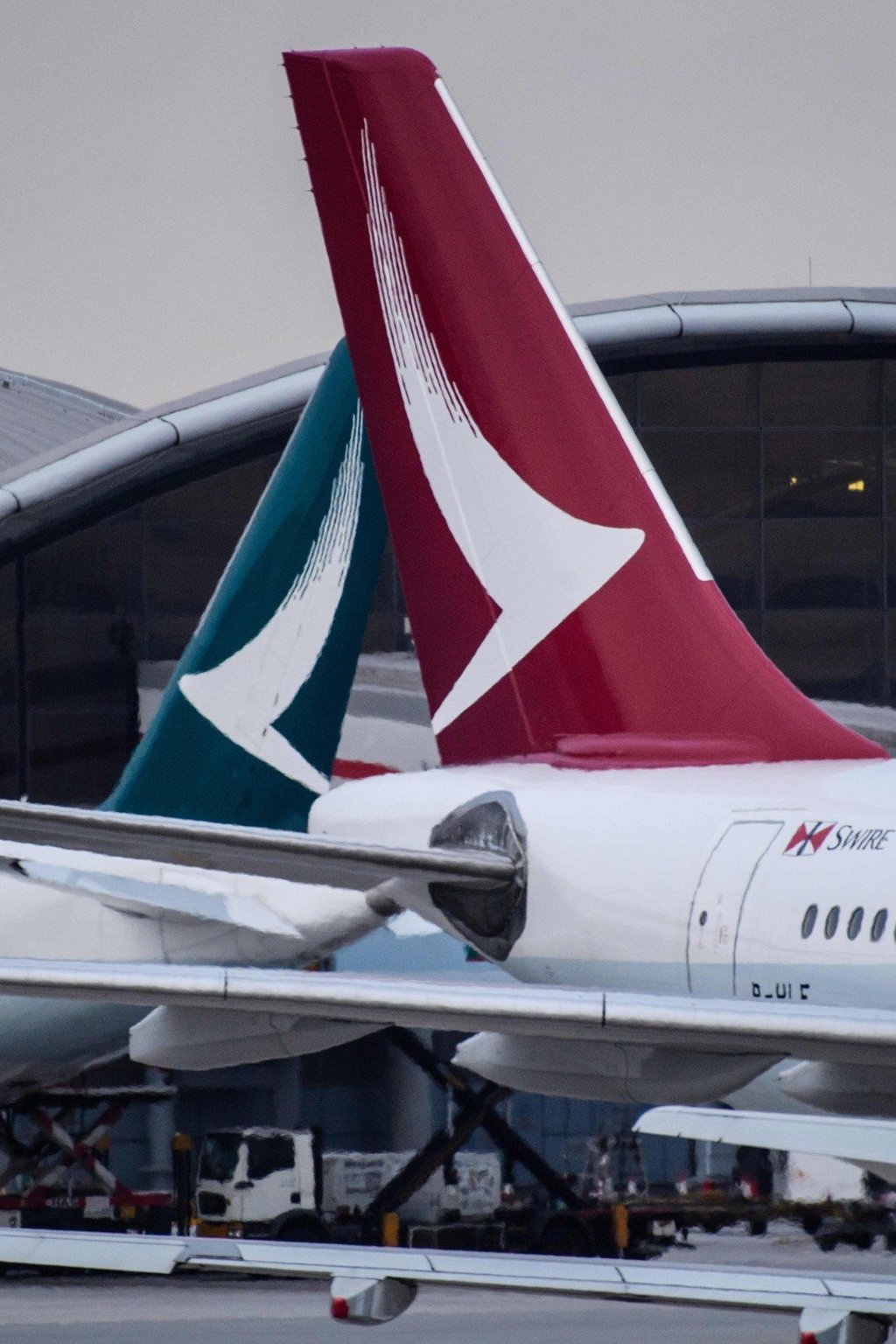Why is Hong Kong not defending Cathay Pacific’s safety record?
Albert Cheng says Cathay’s fall from first to 12th in an airline safety ranking stems from opaque changes to the assessment criteria. Officials have let Hong Kong down by not defending Cathay’s – and thus the city’s – reputation for aviation safety

In contrast, when the city is subject to a negative appraisal, officials simply ignore it. A case in point is a study unveiled this month which challenged Hong Kong’s reputation as a safe aviation hub.
Cathay aside, six other airlines – Air New Zealand, Hainan Airlines, Qantas, Qatar Airways, Eva Air and Japan Airlines – have lost their top 10 positions. They have been surpassed by budget airlines such as Norwegian AS and Spirit Airlines.
Flaws threaten Hong Kong air safety, claim aviation experts
In the past, the centre used nine factors in comparing the airlines’ safety performances, including serious incidents reported and the operational safety audits by the International Air Transport Association. In the latest exercise, Jacdec expanded its evaluation criteria of the 100 largest passenger carriers to 33 factors. On top of the existing accident and incident history, two other categories of environmental and airline factors were introduced to include considerations such as fleet age, route profile and the EU black list. A range of factors which are beyond an airline’s control, such as the risks associated with flying on a certain flight path, weather and how safe an airport is, is also included.
